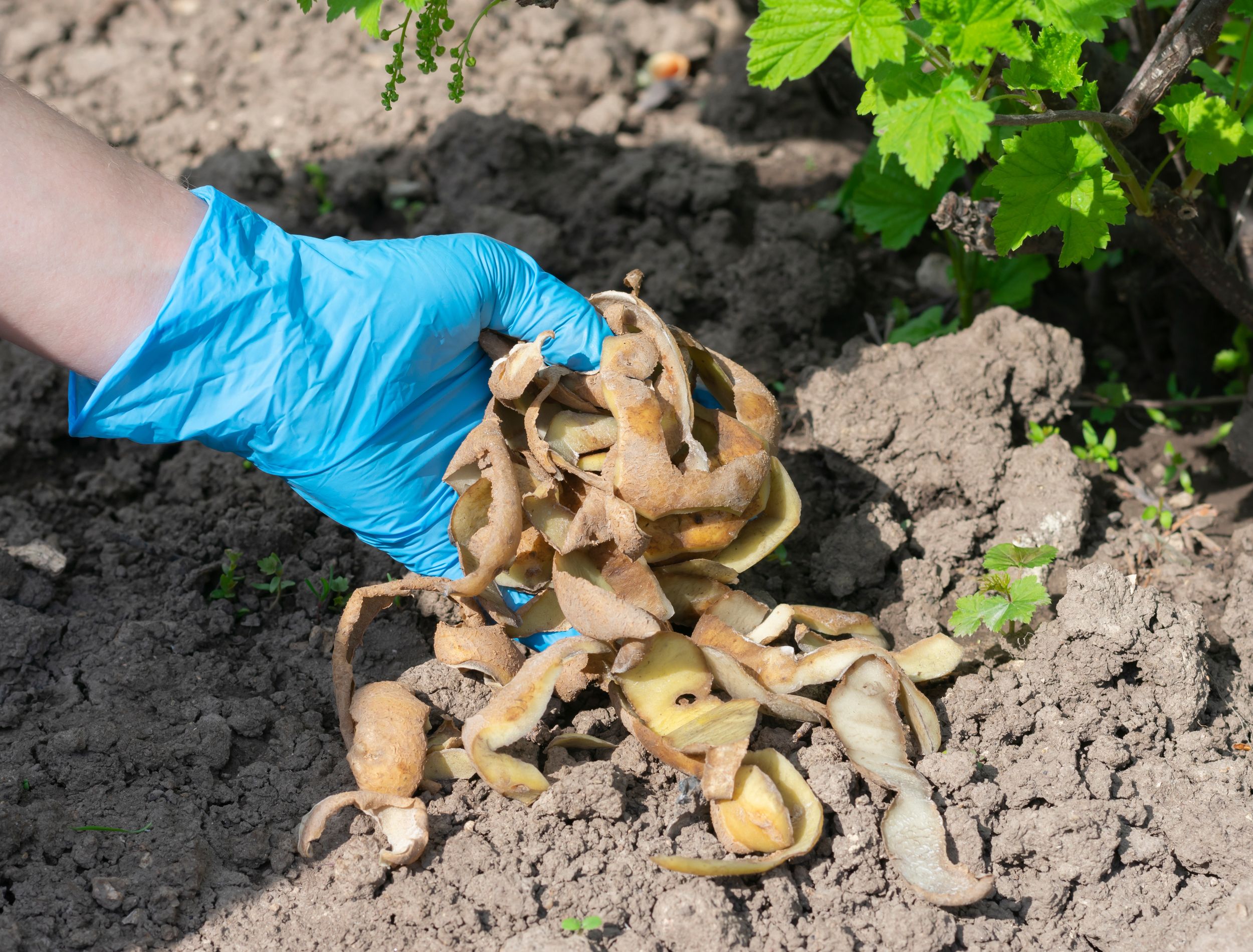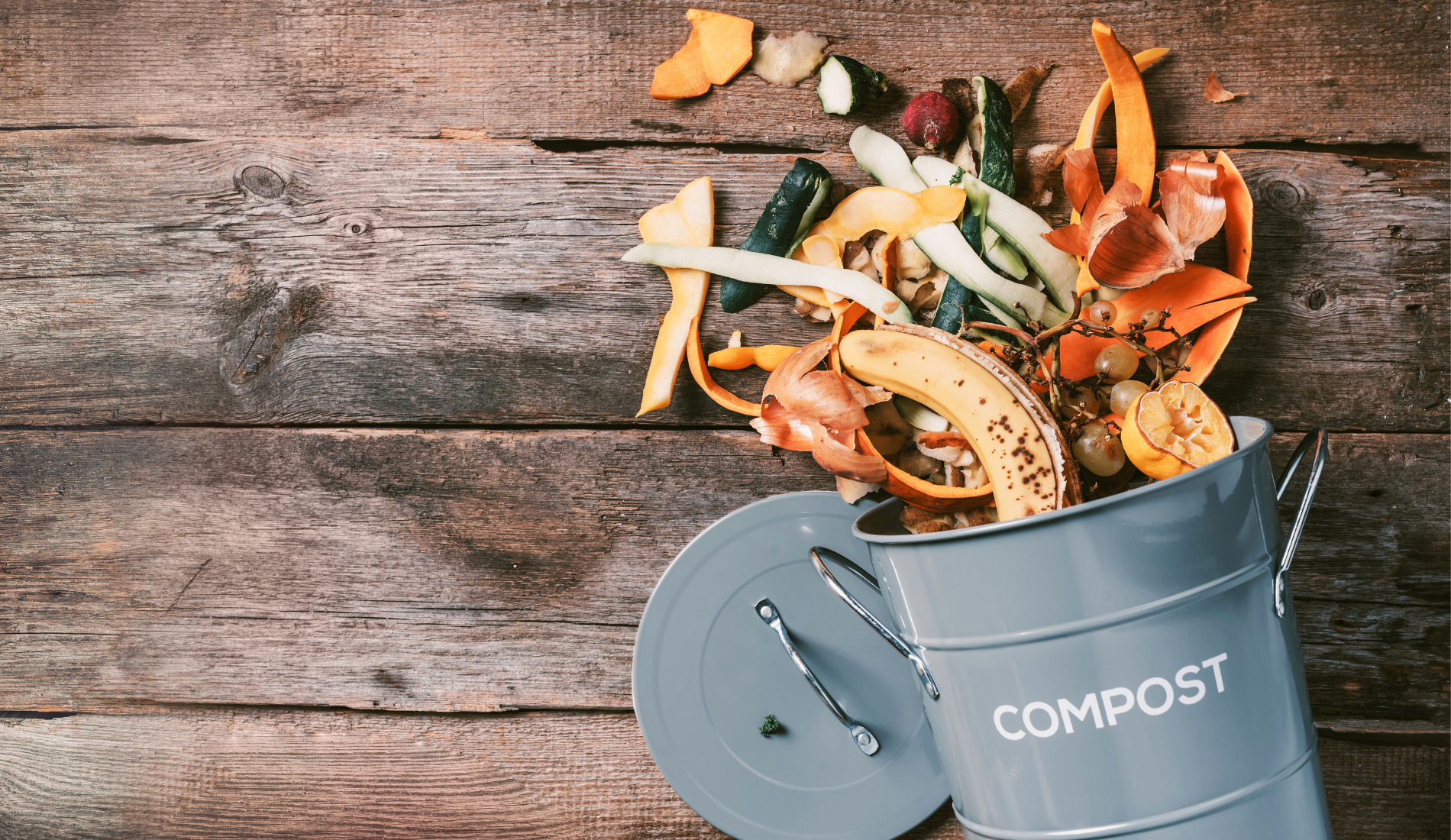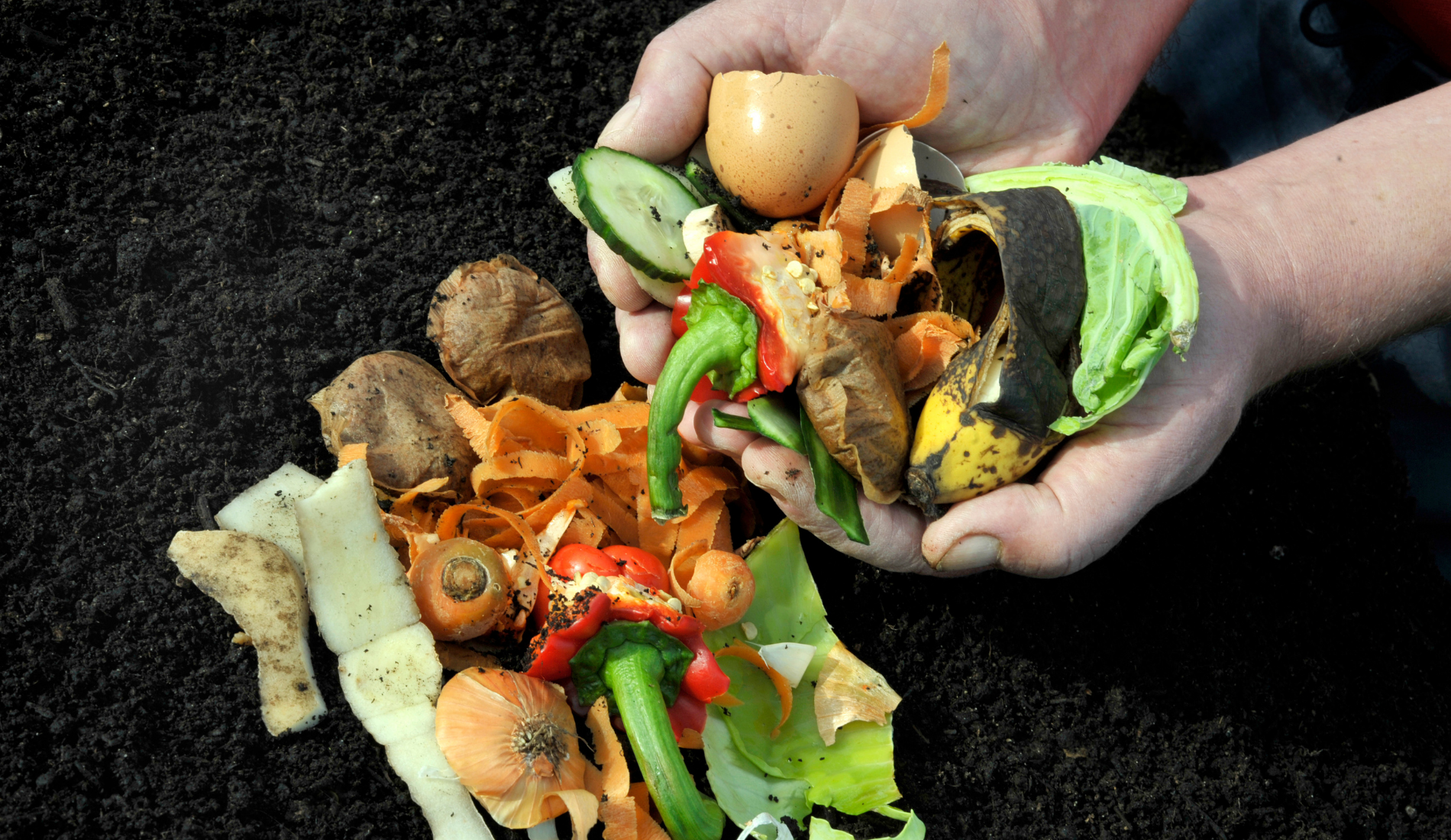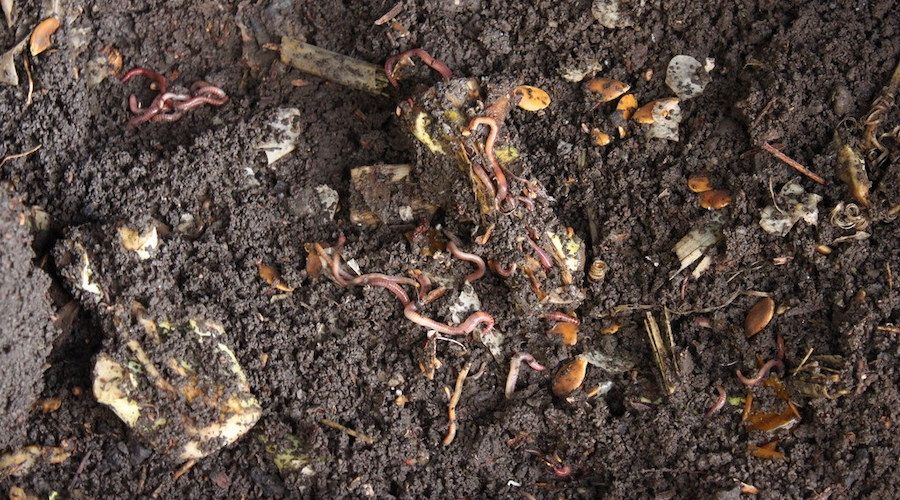If you're looking for a way to fertilize your plants that is both effective and environmentally friendly, then using vegetable peels as fertilizer is a great option!
Vegetable peels are packed with nutrients that plants need to thrive, and they can easily be composted or added directly to the soil. Here's everything you need to know about using vegetable peels as fertilizer.
A Quick Word About Vegetable Peels
Image credits: Yuliia Chyzhevska via Canva
Vegetable peels are an excellent source of nutrients for plants. Things like potassium, phosphorus, and nitrogen are all essential for plant growth and can be found in high concentrations in vegetable peels. In fact, many commercial fertilizers use processed vegetable peels as one of their main ingredients.
Potassium
Potassium is especially important for plants, as it helps with water retention and prevents wilting. If your plants are looking a little droopy, then adding some potassium-rich vegetable peels to the soil can really help them recover.
Phosphorus
Phosphorus is another essential nutrient for plants, and it helps with root growth. If you're looking to give your plants a boost, then adding some phosphorus-rich vegetable peels to the soil is a great way to do it.
Nitrogen
Nitrogen is also vital for plant growth, as it helps with the production of chlorophyll. Chlorophyll is what gives plants their green color, and it's essential for photosynthesis. So if you want your plants to be healthy and strong, make sure they're getting enough nitrogen.
Vegetable Peels and Fertilizer
Have you ever wondered what to do with those leftover vegetable peels? Instead of throwing them out, why not use them as fertilizer for your plants? Here’s how:
Compost Them
Image credits: Grahamphoto23 via Canva
Composting is a great way to turn vegetable peels into something beneficial for your plants. Simply add the peels to your compost pile or bin, and they will break down over time into nutrient-rich compost.
There are several advantages to using vegetable peels as fertilizer.
First, composting vegetable peels helps to improve soil structure. As the peels break down, they add organic matter to the soil which helps aerate it and retain moisture. This results in a healthier root system for your plants.
Second, using vegetable peels as fertilizer can help to suppress plant diseases. Peels contain natural chemicals that can help to prevent fungal diseases from taking hold.
If you’re interested in using vegetable peels as fertilizer, make sure that you are only using peels from organic fruits and vegetables. Non-organic peels may contain harmful pesticides and herbicides that you don’t want in your garden.
Use Them as Mulch
Image credits: saruservice via Canva
Mulching your plants with vegetable peels is a great way to give them a boost of nutrients. Simply spread a layer of peels around the base of your plants, and they will slowly release their nutrients into the soil.
Vegetable peels also make great mulch because they help to retain moisture in the soil and prevent weeds from growing.
When using vegetable peels as mulch, it's important to chop them up into small pieces so that they decompose more quickly. You can either use a food processor or simply chop them by hand. Once they're chopped, simply spread them around the base of your plants.
Add Them to Your Worm Bin
Image Credit: Tim Musson via Creative Commons
Worms love eating vegetable peels! Adding them to your worm bin will provide your plants with extra nitrogen and other nutrients. Also, composting vegetable peels is a great way to reduce kitchen waste. Instead of throwing them away, you can put them to good use in your garden.
Make a Fertilizer Tea
Image credits: JohnDWilliams via Canva
Vegetable peels make great fertilizer, and one of the best ways to use them is by making fertilizer tea. This simple process allows the nutrients from the peels to leach into the water, making them more readily available for plants. Plus, it’s a great way to use up those peels that you would otherwise throw away!
Here’s how to make your own vegetable peel fertilizer tea:
- Start by peeling any vegetables that you have on hand. Potatoes, carrots, onions, and garlic all work well.
- Place the peels in a large pot or bucket filled with water.
- Allow the mixture to steep for a few days.
- Once the time has elapsed, strain out the peels and use the remaining water to water your plants.
The nutrients in the peel tea will help to promote healthy growth in your plants, and it’s a great way to reduce waste. So next time you’re prepping vegetables, save those peels and put them to good use!
In Summary
So, next time you’re wondering what to do with those leftover veggie peels, remember that you can use them to fertilize your plants! Just follow these simple tips and you’ll be on your way to having healthier, happier plants in no time. Do you have any tips or tricks? Let us know in the comments below!






